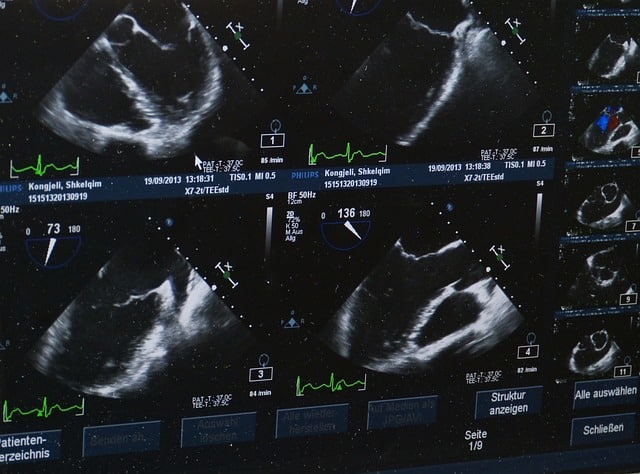
Imaging is the set of processes and techniques used to obtain images of the body for clinical or scientific purposes.
In order to perfectly understand the meaning of the term imaging that concerns us now, it is necessary to previously establish its etymological origin. In this sense, we have to explain that it emanates from Latin and Greek, since it is composed of these two elements: the Latin noun imago , which can be translated as "portrait", and the Greek word logia , which is equivalent to "study of ».
Imaging is a term that is not part of the dictionary of the Royal Spanish Academy (RAE) . The concept is used to name the set of techniques and procedures that allow images of the human body to be obtained for clinical or scientific purposes.
Imaging concept
Imaging or medical imaging , therefore, is used to reveal, diagnose and examine diseases or to study the anatomy and functions of the body. Radiology , medical thermography, endoscopy, microscopy and medical photography are part of these techniques.
Other procedures that allow data to be obtained that can be represented as maps or diagrams (such as electroencephalography ) can also be included within imaging.
Importance of these procedures
The great advantage of imaging is that it allows internal images of the body to be obtained without having to open it. Tomography , for example, is a single-plane imaging method performed by moving an x-ray tube over the patient.
Imaging technology and all the techniques that integrate it are so important that currently in the world there are everything from university courses to degrees, with the clear objective that those who wish to specialize and train in this area in order to become qualified and highly competent professionals. .
In this sense, people who are encouraged to carry out any of these educational proposals must study issues such as anatomy, cellular biology, radiological techniques, neurobiology, scientific work, image processing system, scientific methodology, public health or radiological physics. , among others.

Ultrasound is a resource used by imaging.
Magnetic resonance imaging, an imaging technique
Magnetic resonance imaging uses magnets to polarize hydrogen nuclei in water molecules in tissues. This excitation generated by the magnets in the hydrogen nuclei can be captured and spatially encoded to generate images of the body.
Each of the images taken by magnetic resonance is called slices and has the peculiarity that they can either be stored and viewed on a computer or printed. The skull, abdomen, spine or heart are the parts of the body that usually undergo this type of test, which is usually characterized by these identifying signs:
• It is totally painless.
• It is necessary for the patient to be relaxed and not move, since doing so will cause the images to be blurred.
• Does not require recovery time.
Other resources
Fluoroscopy is an imaging technique that generates images in real time from a constant input of X-rays . Thanks to contrast media (such as iodine), it is possible to visualize how the internal organs work.
Projection radiography , nuclear medicine and ultrasound are other imaging techniques.
